Joyfully Ordinary Stoops [San Francisco]
A couple of months ago I picked up a book by Catherine Gray titled The Unexpected Joy of the Ordinary. The book is a witty appreciation of the familiar experiences that can bring us joy in our ordinary lives. I started off relating this to the hyper-localism we are seeing right now in our cities and neighborhoods due to COVID-19, but it grew into much more than that. Catherine argues that instead of always seeking extraordinary experiences and objects we may discover more happiness and surprise in our ordinary, daily lives. This is important, as we have seen here and in Stumbling on Happiness, our brains remember negative experiences more vividly than positive ones. However, we have the ability to change our baseline view and live in ordinary joy. Take for example a “normal” year where you may go on a trip, 10 out of 365 days are extraordinary leaving the balance of our year ordinary. True contentment lives when we can re-enchant every day occurrences with micro-gratitudes that spark joy. As humans, our emotions, perceptions, and reactions directly connect to our environment.
After reading The Unexpected Joy of the Ordinary, I was walking through San Francisco and came across Alamo Square Park. Having lived in other cities, I think the views from Alamo Square Park facing the Seven Sisters as well as the city’s skyline are nothing short of extraordinary. However what caught my eye this time was the collection of elevated front porches framing the entrances to these Queen Anne Victorians.
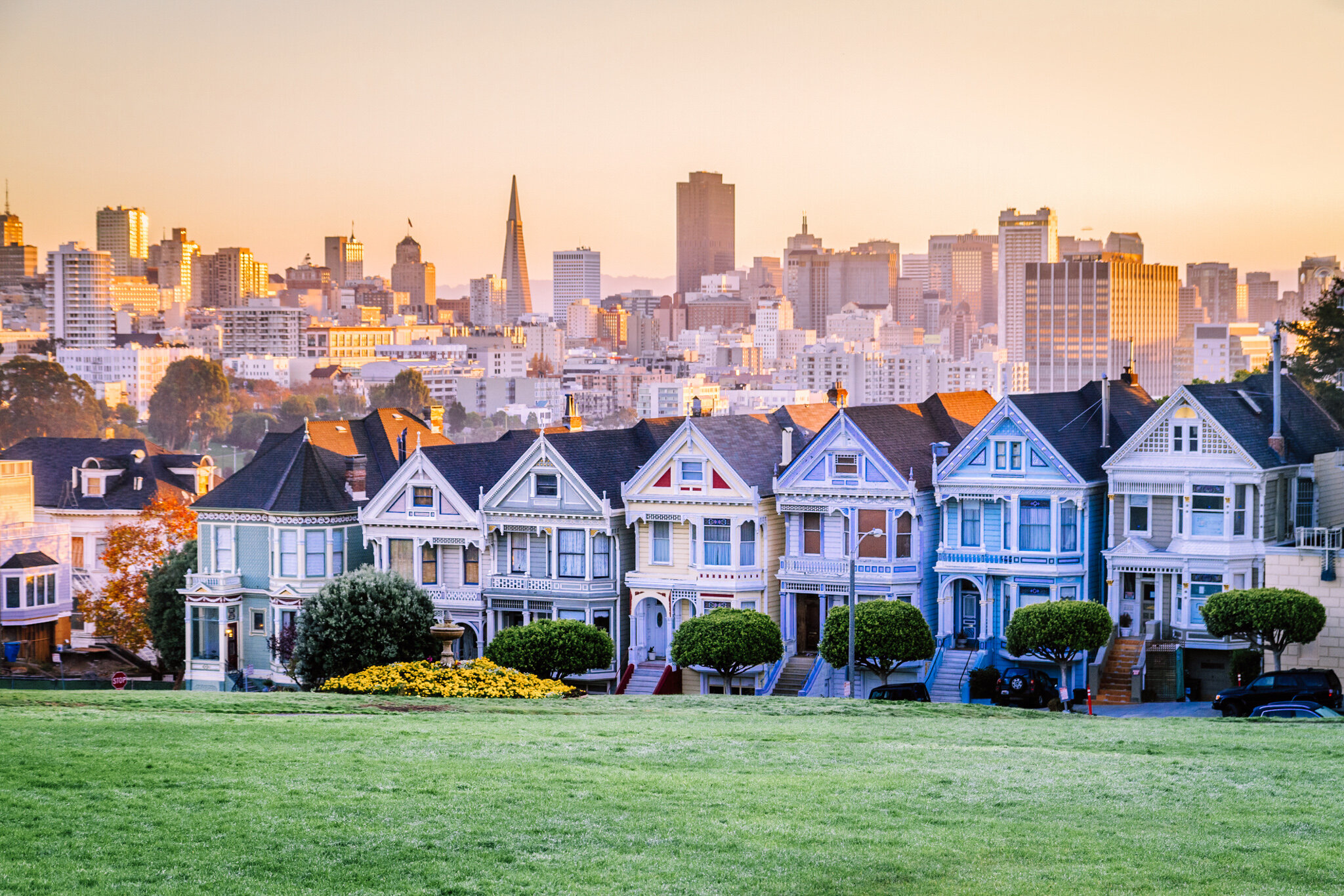

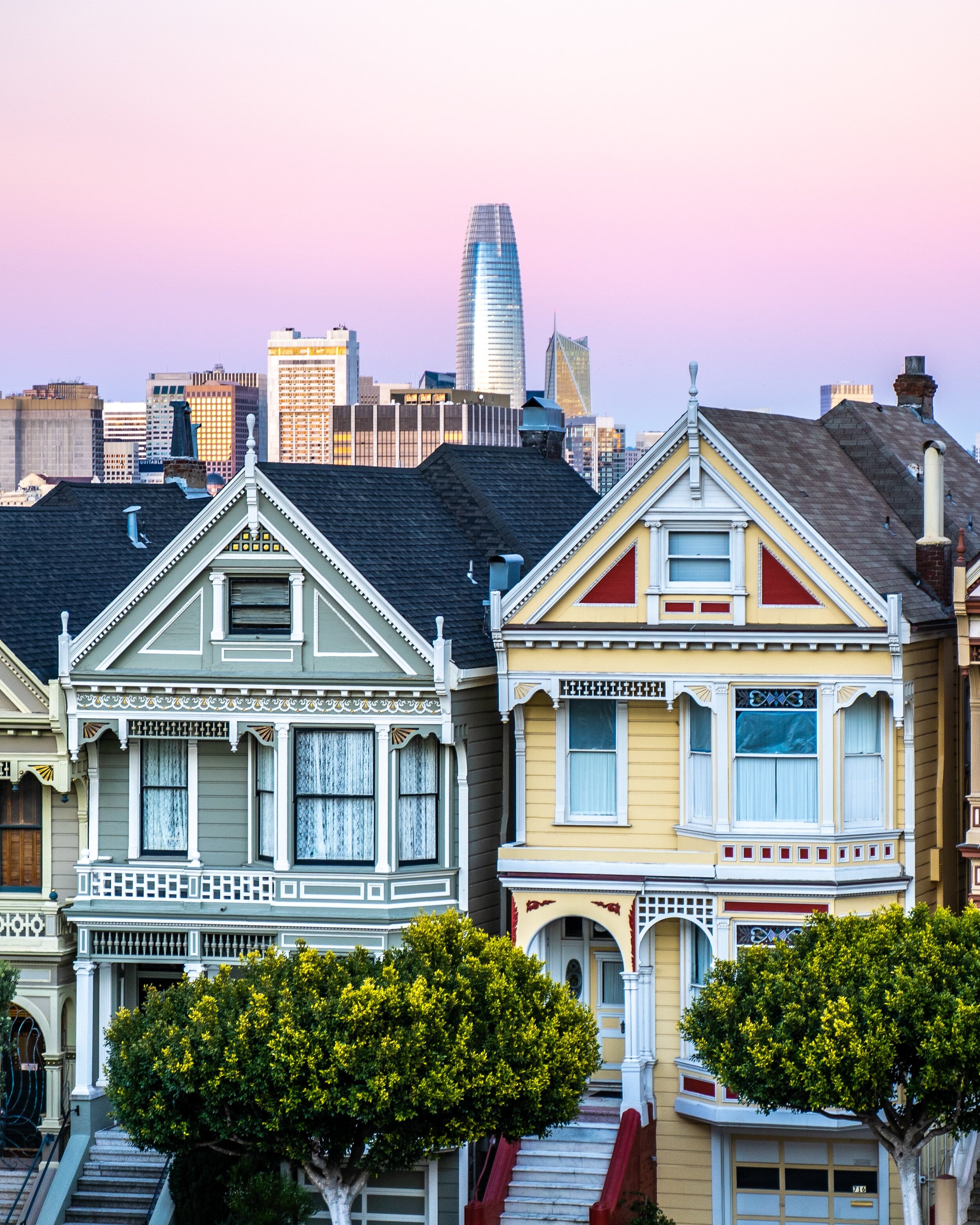
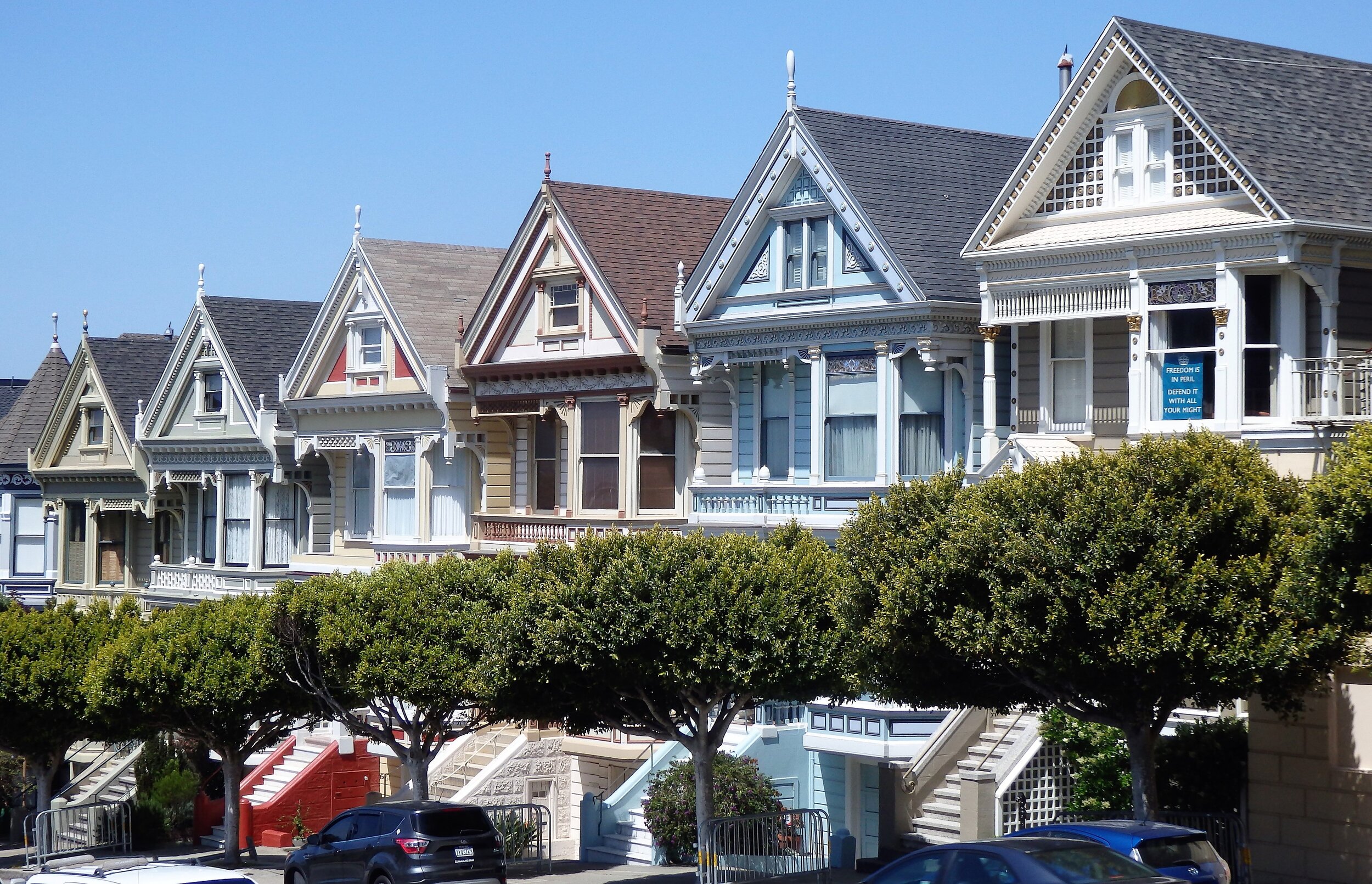



For those of us that live and walk through San Francisco, it is easy to fold the symmetry, balance and proportional relationship of the homes in Alamo Square into an ordered backdrop. If we re-enchant the same walk, we notice a number of ordinary surprise elements that further our search for beauty and complexity and also provide us with a rush of dopamine. In my perspective these elements include the use of basements and retaining walls to adjust to the topography, intense ornamentation (particularly at the entry and cornice), colorful surfaces, bay windows, ornamented front gables, steep roofs, and deep shadows. Many of these elements converge at the abundant collections of elevated front porches throughout the neighborhood.







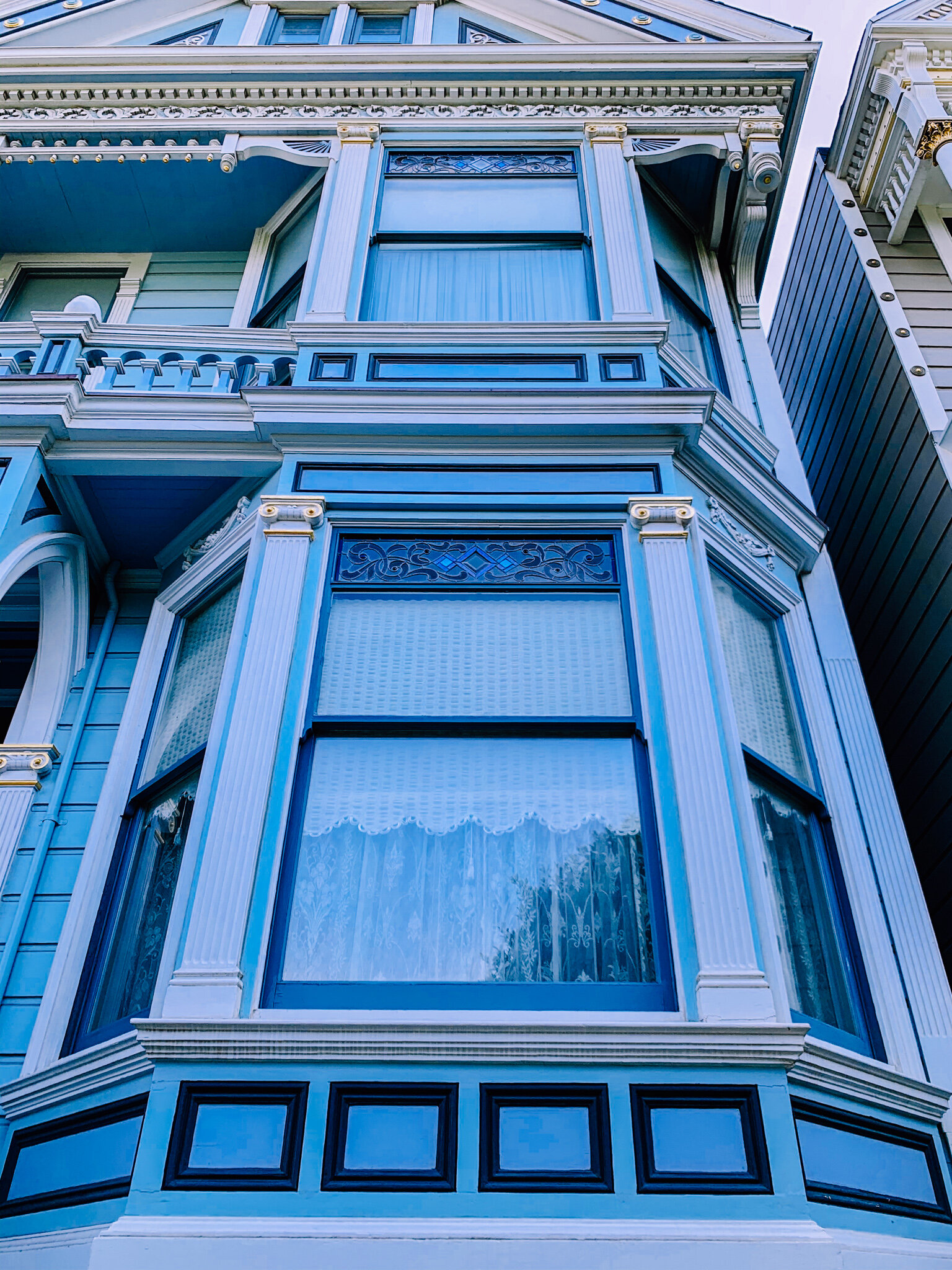
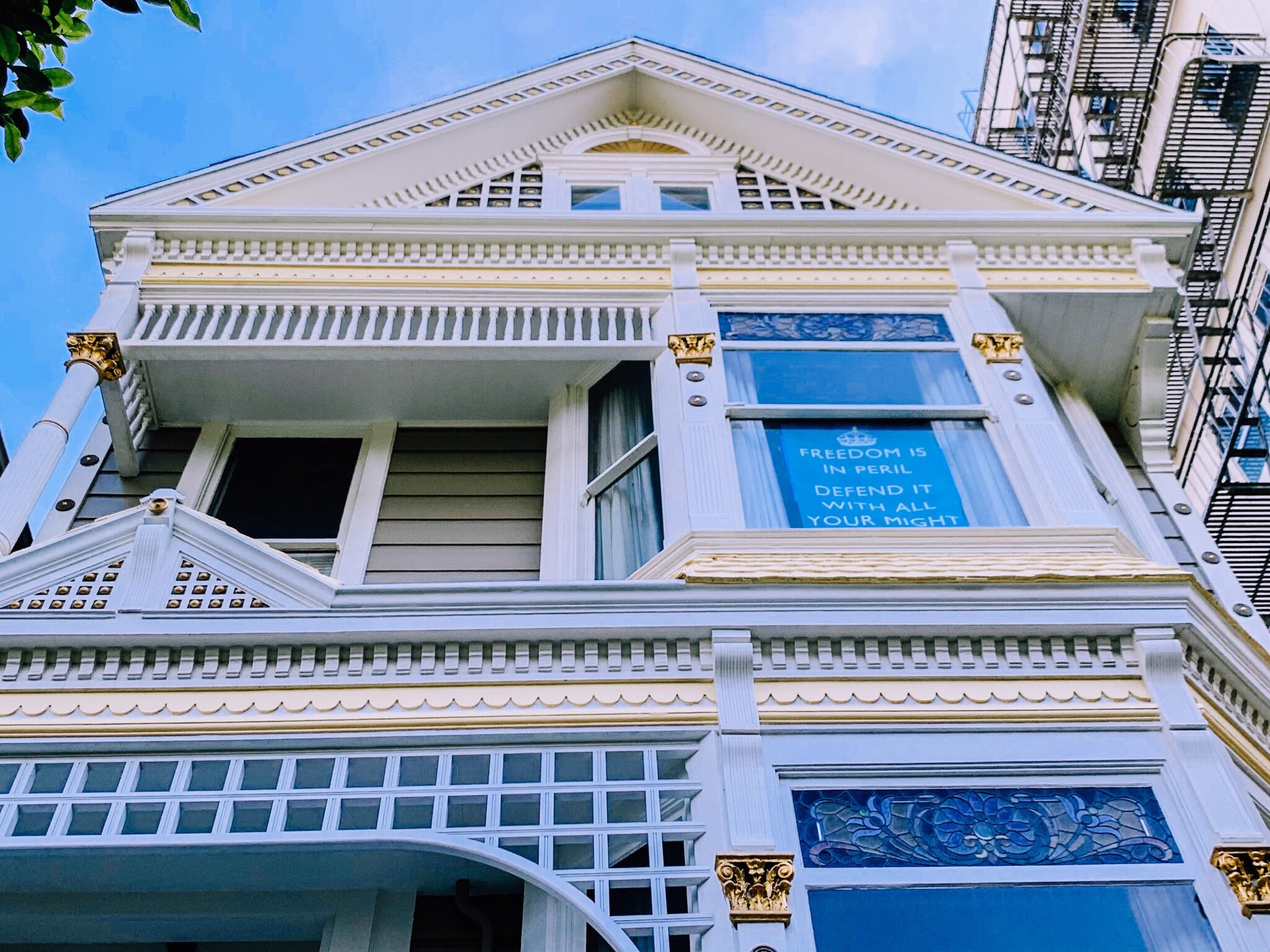

In reality, the placement and transition of building entrances from the street and sidewalk is a basic pattern of building design, and it is important to acknowledge the contribution it makes to a good building as well as a walkable neighborhood. A collection of similar entrances clustered together offers a simple way to identify the one entrance a visitor could be searching for. They form a group that is visible together and from which each entrance can uniquely stand out from all of the others.




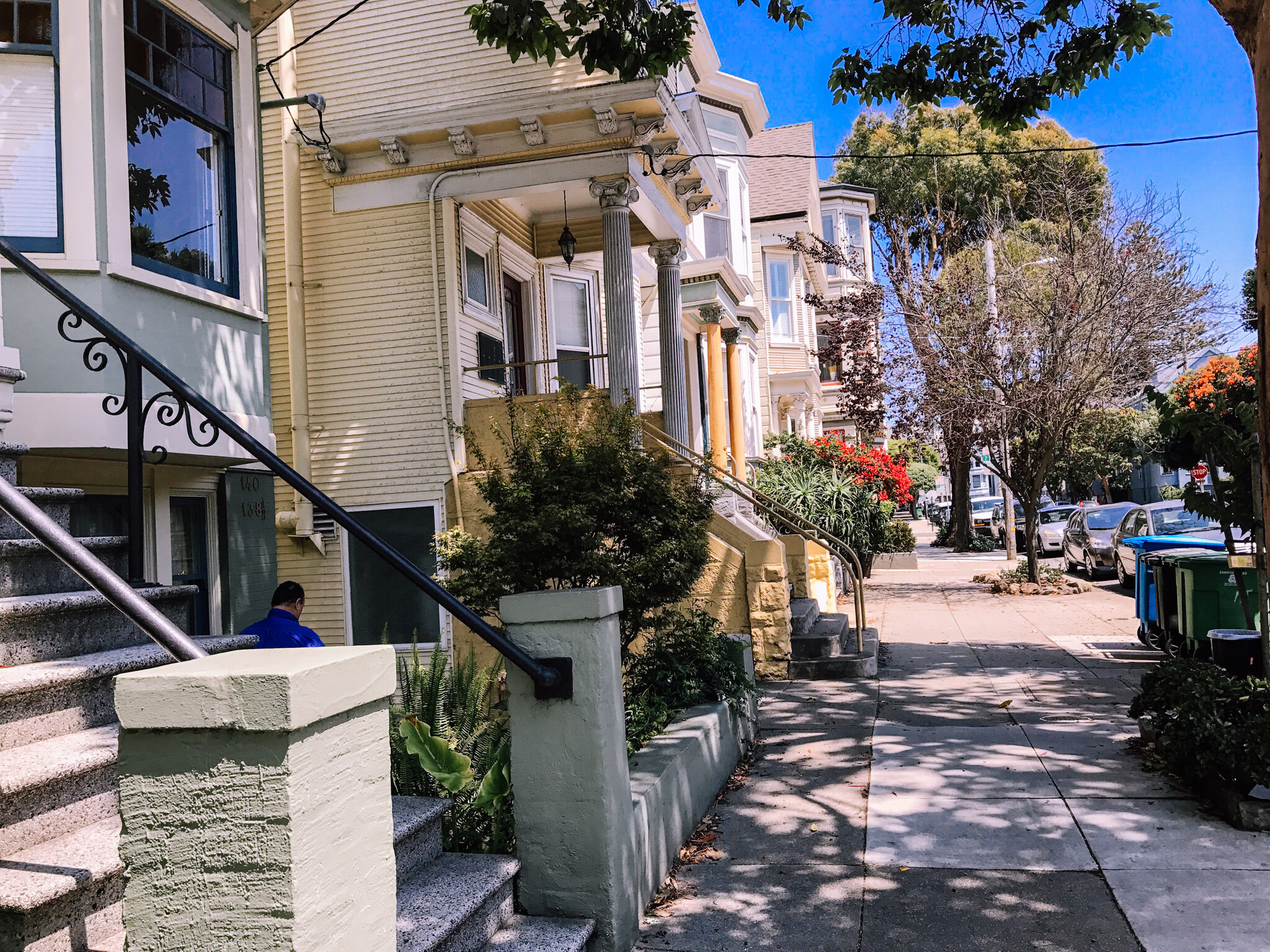

For the Seven Sisters, they are all broadly similar with the entrance facing the street and sidewalk, an elevated porch that transitions from the street scene into the home, and the porch as a projecting volume that is covered and protected from the weather. The position of the entrance controls the movement to and from the building, the views from the home to the street, as well as the layout and flow of the home itself. Here the entrances are placed where we can see them as we approach the building itself. We then have the ability to orient our direction as we move toward the building without needing to make a conscious decision to do so. In this neighborhood, people walking along the streets and sidewalks are progressing in front of and parallel to the building. From this angle, many entrances along the front facade are hardly visible. In order for them to become visible along the approach, a transition projects out beyond the building line and is higher around the main entrance.












The experience of entering a building influences the way we feel inside a building. If the transition is too sudden, then there is no feeling of arrival. Without this gentle transition, the inside of a home facing the street fails to be a private space for retreat. The transition helps us loose our public behavior and move into tranquility. People want their house, and especially the entrance path, transition, and doorway, to be a private world. If the entrance transition projects, and there is a passage space between the street and the main doorway, this domain is well established. It is important that the place of transition exists as a formed, physical space between the outside world and the inside world, and that the view, sounds, natural light, greenery, and surfaces change as you pass through this place. It is the physical changes, and critically the change of view and perspective, which creates a physiological transition in our mind. This transitional space meets basic human psychological needs. This space provides people with the capacity to observe without being seen. Such an enclosed space evokes feelings of safety and well-being, while a view from this space can add levels of stimulation and excitement.
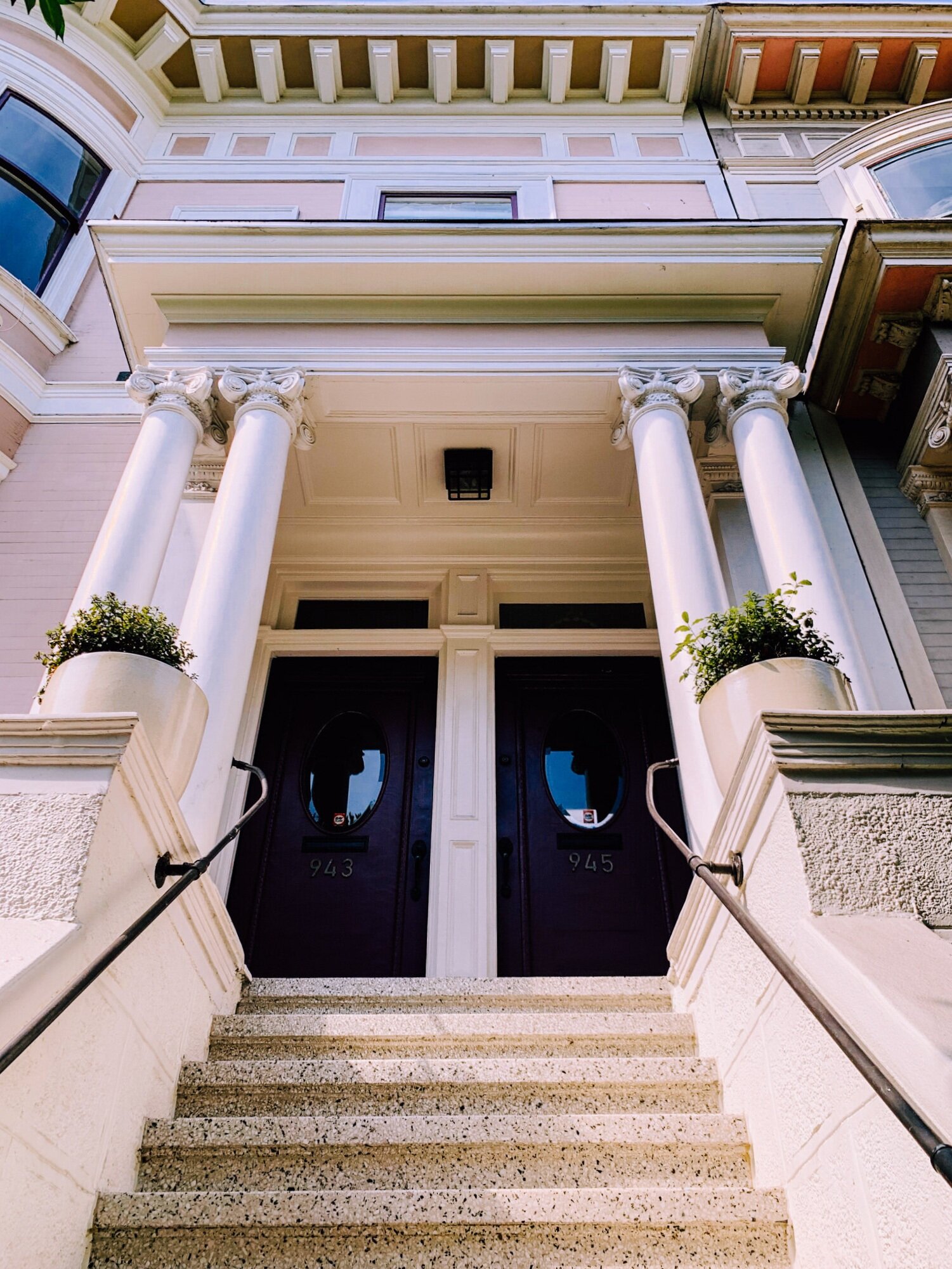
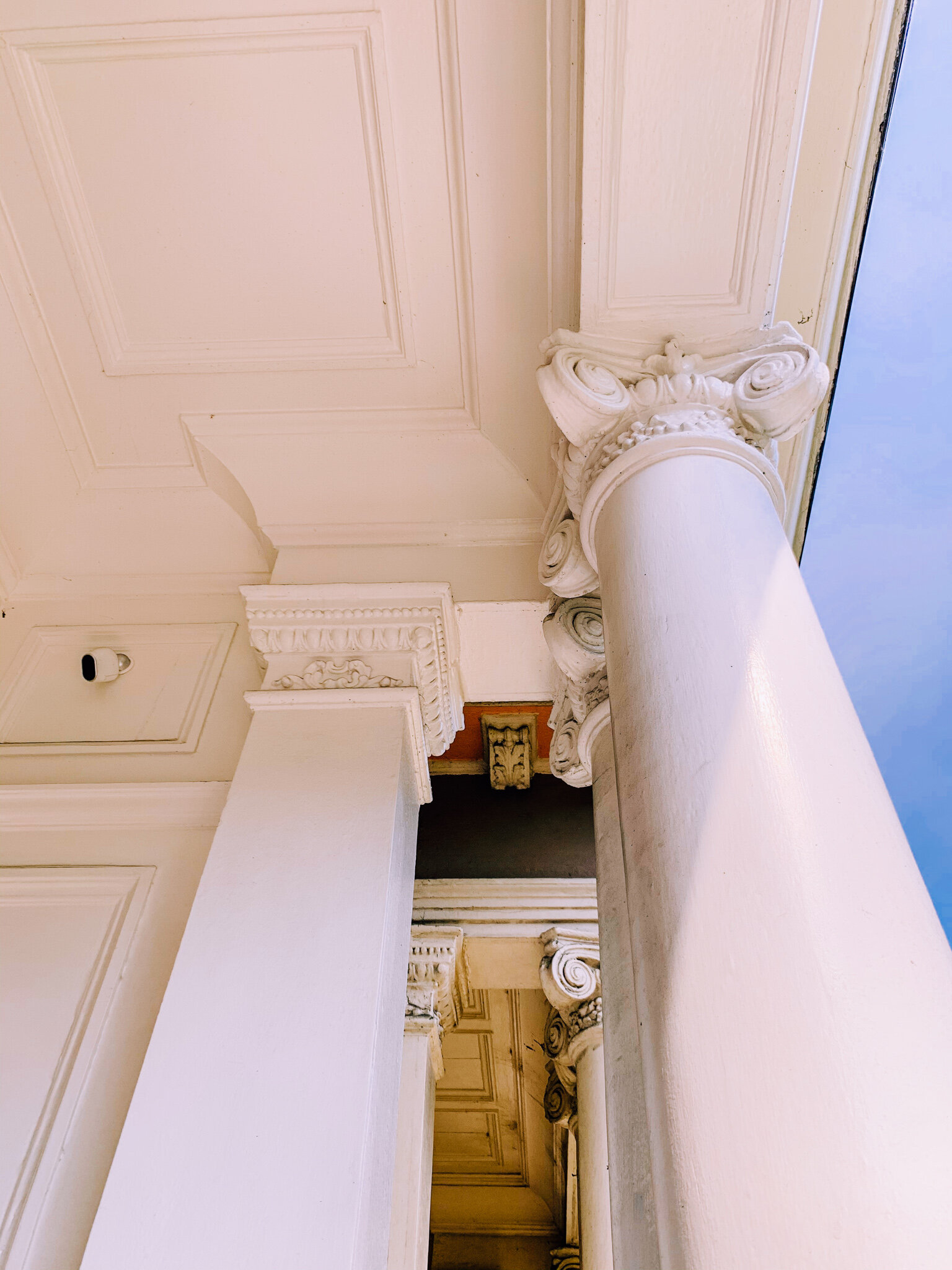















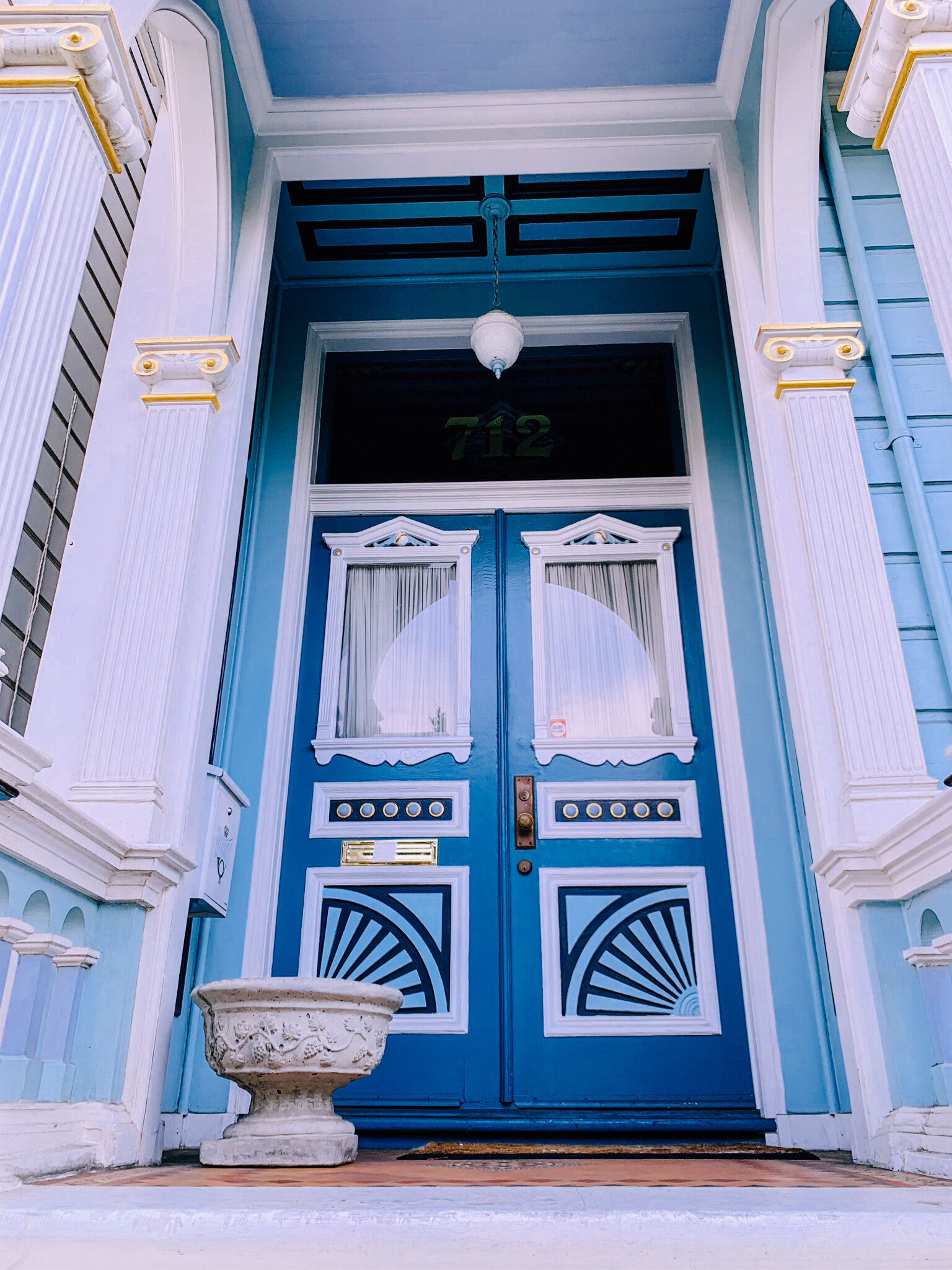

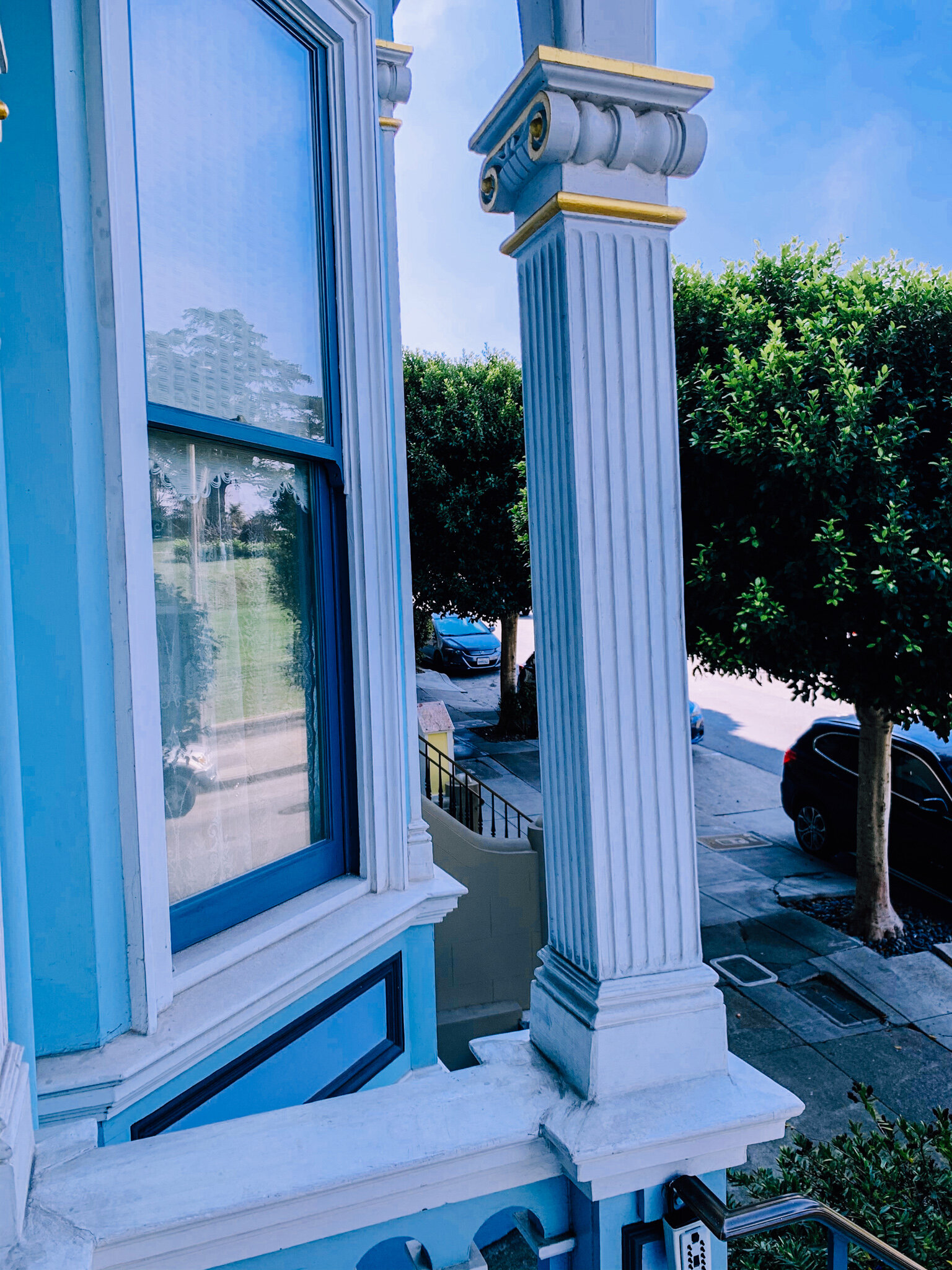








Gratitudes, and micro-gratitudes, are more than a thought. They are physical experiences influenced by our environment that bring us joy. No matter how uncertain the world is around us, there is always something small we can find to be grateful for. For instance, a red rose in the kitchen window or grabbing a hot dog along an afternoon walk. Just watch out for the seagulls...seriously, they will grab that hot dog right out of your hand!
The source images for this analysis drawing were pulled from Adobe Stock.
![Joyfully Ordinary Stoops [San Francisco]](https://images.squarespace-cdn.com/content/v1/5b63c07485ede1aa9c4b6ced/1601237620604-CJ112QQAM5X9IYK09XR0/Joyful+Urbanist_Joyfully+Ordinary+Stoops.jpg)

![How Public Space Encourages Joyful, Intergenerational Connection [London]](https://images.squarespace-cdn.com/content/v1/5b63c07485ede1aa9c4b6ced/1614666495100-82WJH47JNSXU0JQC0D26/London+Mews_Joyful+Urbanist.jpg)
